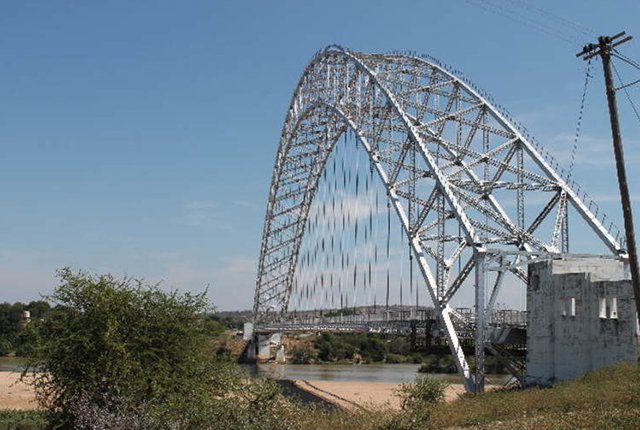Govt mulls Birchenough Bridge rehabilitation

Tinashe Makichi Business Reporter
Government is weighing the possibility of building a new bridge at Birchenough Bridge after a feasibility study showed that there was a marginal gap between funding for a replacement structure or rehabilitation.
This comes after a feasibility study revealed that Government would require $35 million for rehabilitation and $40 million to build a new bridge.
Birchenough Bridge is at the junction of Save and Odzi Rivers. The bridge takes its name from the late Sir Henry Birchenough, Bart, GCMGr, as chairman of the Beit Railway Trustees, who provided the necessary funds for its construction in 1935. Transport and Infrastructure Development Minister Joram Gumbo told The Herald Business yesterday that Government is deliberating on the two options.
“Government is looking at rehabilitating Birchenough Bridge but there is another process, which we can follow and that is constructing a new bridge. We are still in early discussion stages and nothing tangible has been structured at the moment,” said Minister Gumbo.
The Herald Business is reliably informed that Government has approached the Japanese Government for assistance in the rehabilitation of Birchenough Bridge which requires in excess of $35 million.
“A funding proposal was made at the Embassy of Japan and we are yet to act on the proposal. The proposal is in relation to assistance required in the rehabilitation of Birchenough Bridge,” said a Japanese embassy official who requested anonymity.
According to the African Development Bank, Zimbabwe needs about $14 billion to rehabilitate infrastructure and create new capacity to meet growing demand. Poor state of infrastructure in the country has generally been due to little investment in transport, power, water and telecommunications in the last decade.












Comments